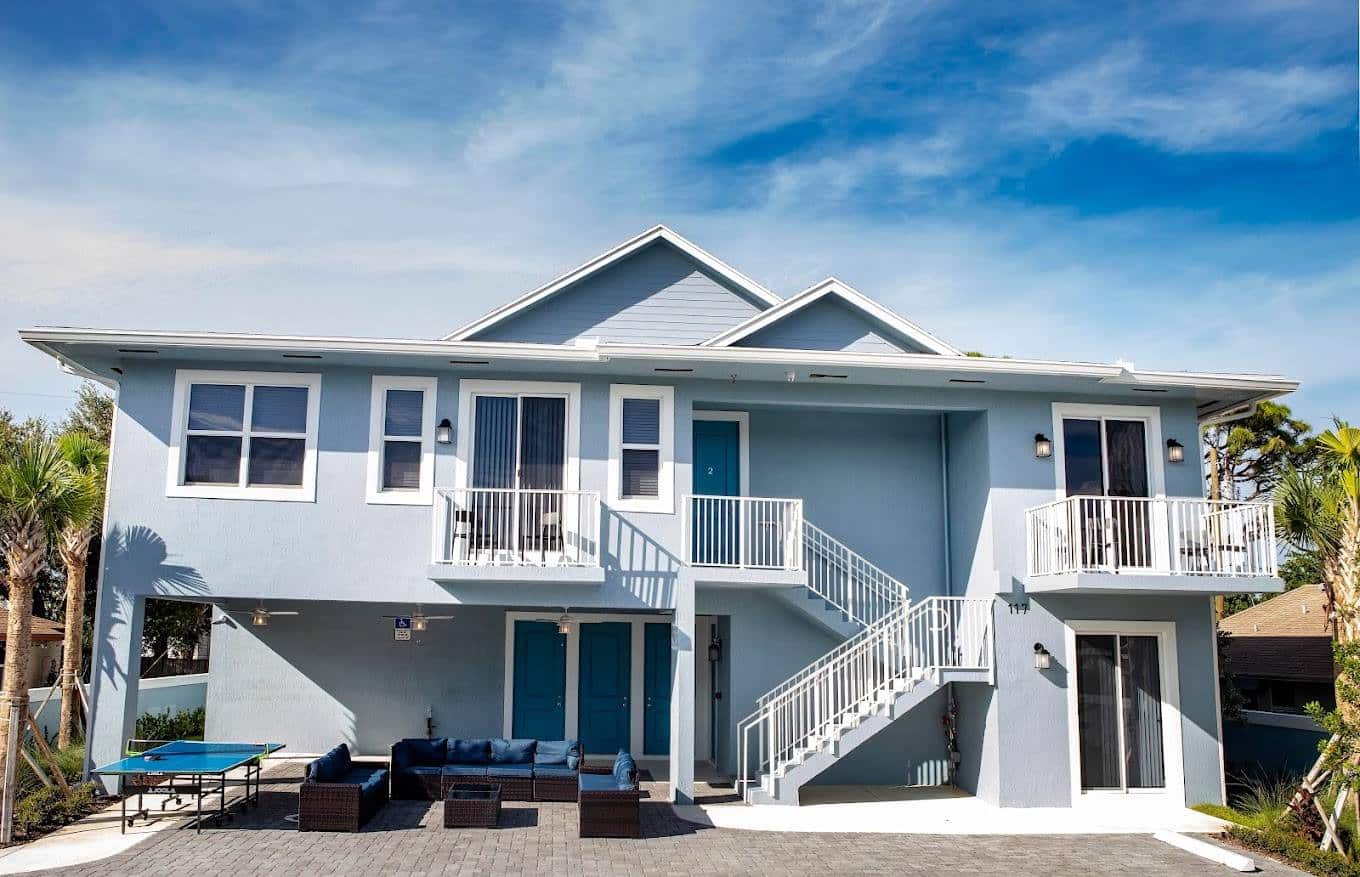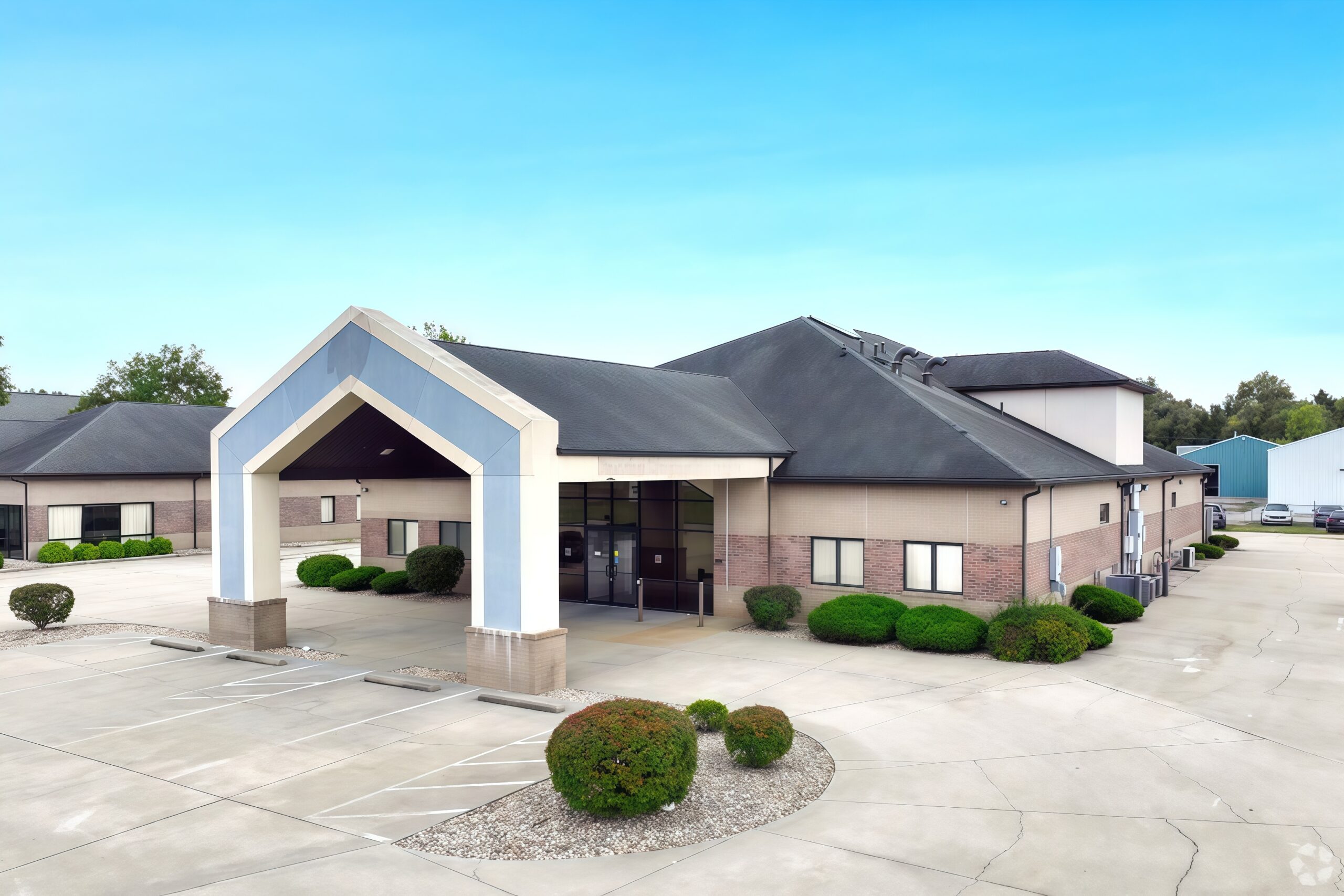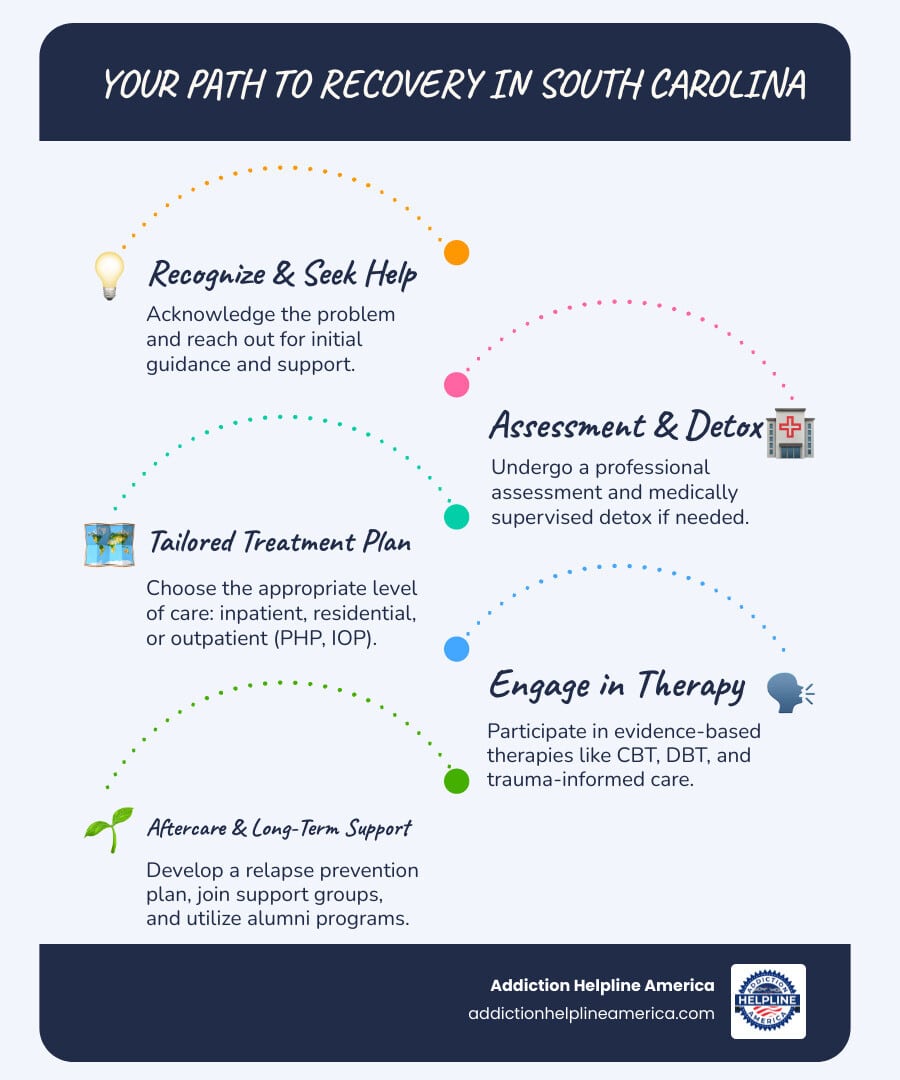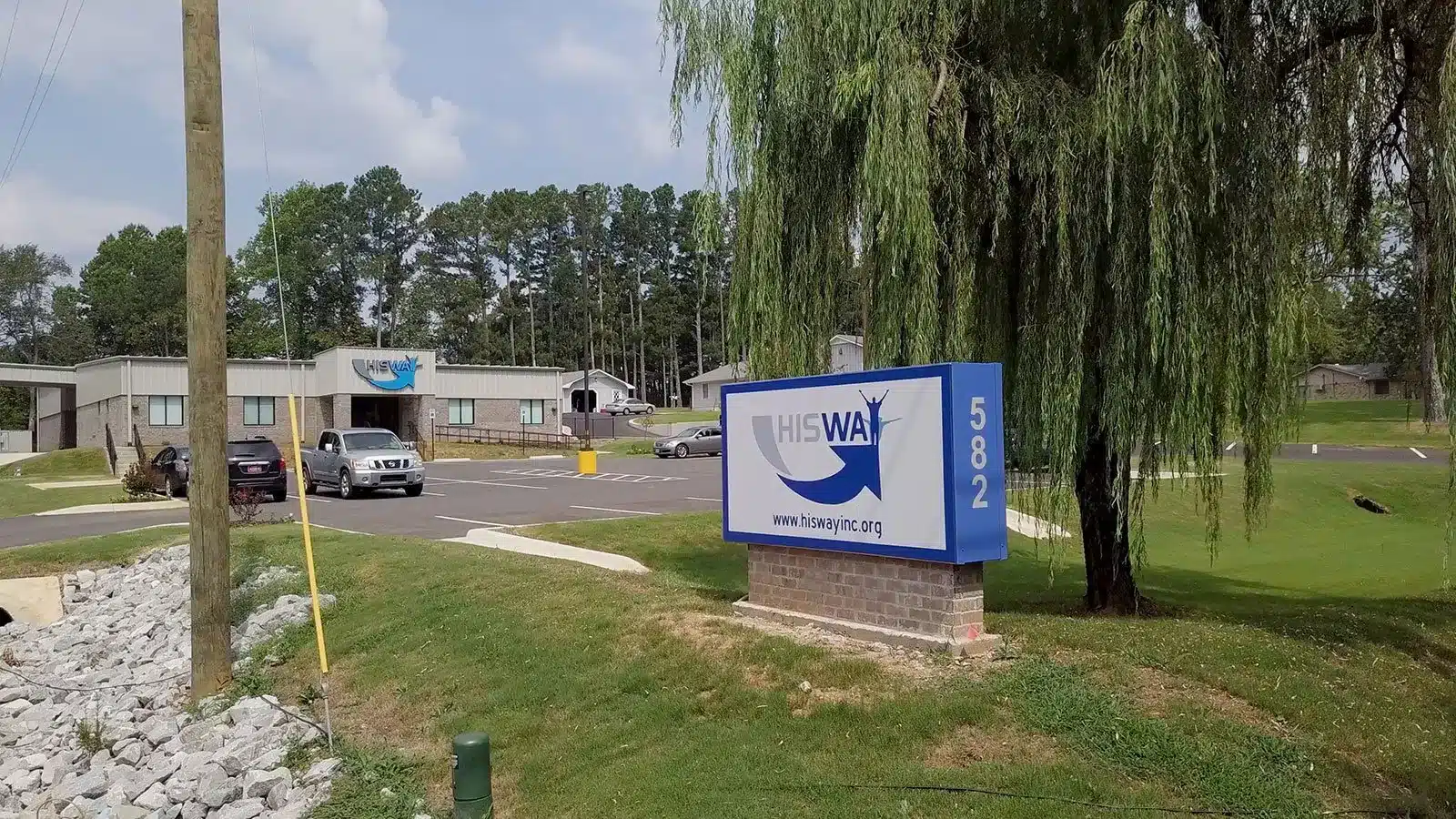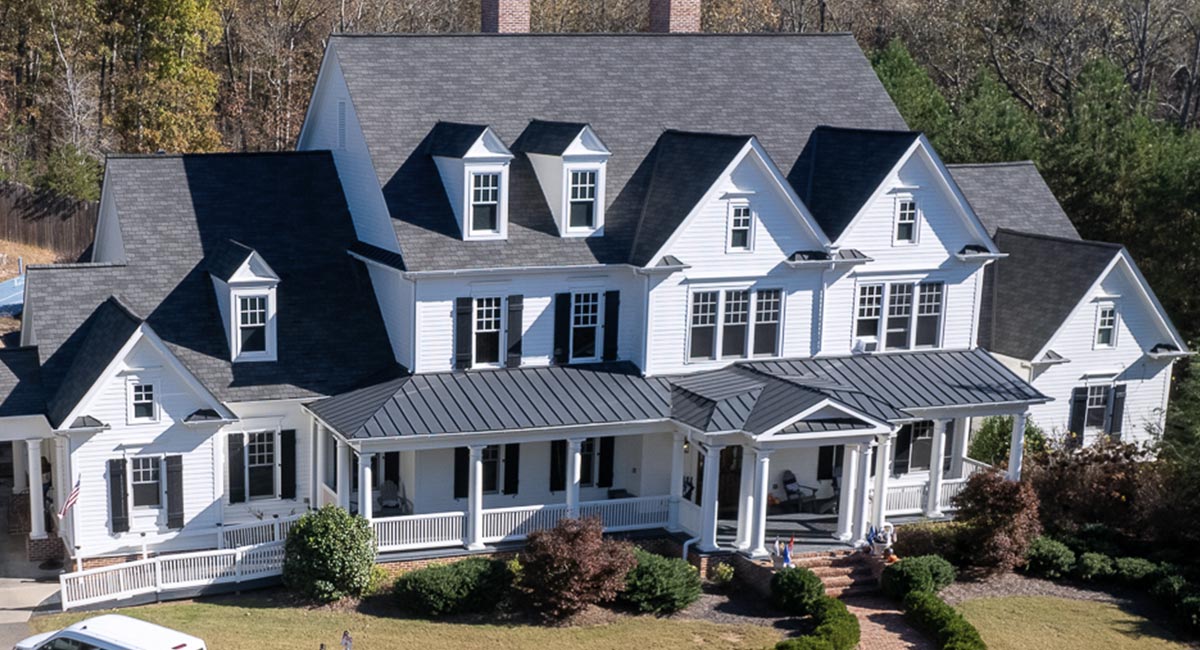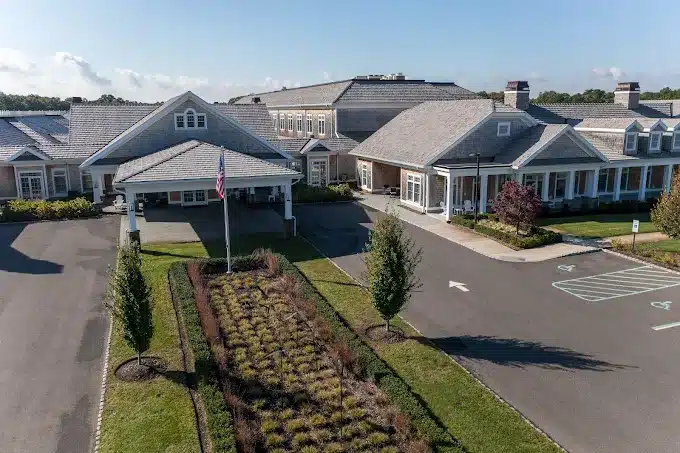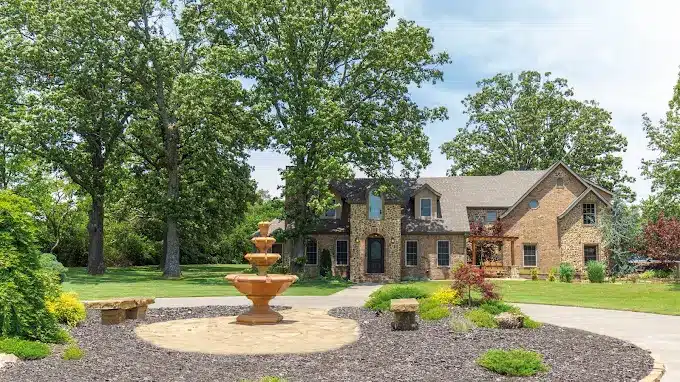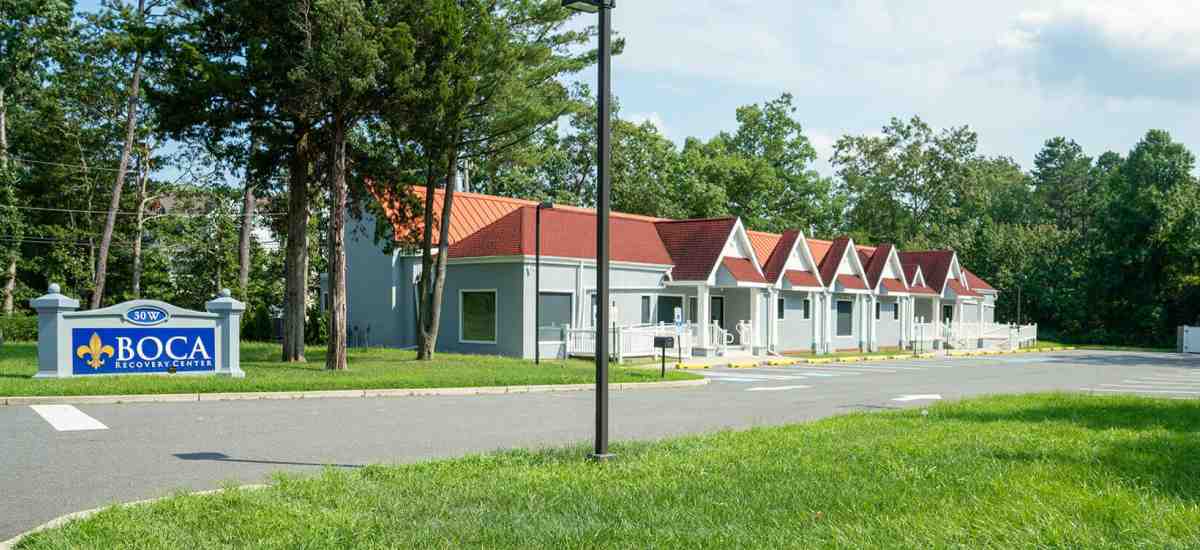
Why Finding the Right Inpatient Treatment Matters
When searching for inpatient treatments near me, you need clear answers fast. Here’s what you should know:
Quick Answer: What Are Your Options for Inpatient Treatment?
- Withdrawal Management (Detox): Short-term (up to 7 days) medical care to safely manage withdrawal.
- Residential Treatment: Live-in programs (typically 60-90 days) with daily therapy and structured support.
- Specialized Programs: Gender-specific, age-specific, or dual-diagnosis treatment for co-occurring conditions.
- Access Points: Local health authorities, RAAC clinics, or treatment locators can connect you to care.
Inpatient treatment is the most intensive level of care for substance use challenges. You live at a facility with 24/7 medical supervision, therapy, and support to address the root causes of addiction in a safe environment away from daily triggers.
As one patient shared: “Ravensview provided the compassionate care I needed to start my recovery journey.” Reaching out for help is often the hardest but most important step.
At Addiction Helpline America, we connect individuals and families to quality inpatient treatments near me and across the country. We understand your urgency and are here to guide you to the right resources.
Inpatient treatments near me helpful reading:
Understanding Inpatient and Residential Treatment
When searching for inpatient treatments near me, you’re looking for the most comprehensive care for substance use and mental health. It’s about stepping into a safe space dedicated to healing.
In an inpatient or residential program, you live at the facility, creating distance from daily triggers and allowing you to focus entirely on recovery. This immersive approach is ideal for severe addiction, co-occurring mental health conditions, or when outpatient treatment hasn’t been successful.
From day one, a team of counselors, therapists, and medical staff supports you. Services include medically supervised detox, individual therapy to explore underlying issues, group counseling for peer connection, and activities to build coping skills.
Many programs also treat co-occurring disorders, addressing issues like depression and addiction simultaneously. Our guide on Inpatient Programs for Depression explains how this integrated care treats the whole person.
What Types of Inpatient Facilities Are Available?
The world of inpatient treatments near me is diverse, meaning you can find a program that fits your unique situation.
Withdrawal management centers, or detox facilities, provide short-term medical supervision to safely manage withdrawal symptoms. This is a crucial first step for physical stabilization before ongoing treatment.
Residential treatment centers offer intensive, live-in programs, typically lasting 60 to 90 days. They provide a structured routine of therapy and counseling to address the root causes of addiction and build a foundation for recovery. Many are dual-diagnosis facilities that treat co-occurring conditions like trauma or depression alongside substance use for better outcomes.
Specialized programs cater to specific populations. Gender-specific centers create safe spaces for men, women, or gender-diverse individuals to address unique challenges, while age-specific programs tailor treatment to different life stages, from youth to older adults.
Many facilities also offer holistic care (yoga, art therapy, nutrition) to treat the whole person—mind, body, and spirit. Indigenous patient resources are also increasingly available, incorporating culturally sensitive practices and traditional medicines into the healing journey.
What Is the Typical Length of an Inpatient Stay?
The length of stay depends on your unique needs, but here are general guidelines.
Short-term detox programs last up to 7 days, providing medical supervision to manage withdrawal safely. This is the first step toward stabilization.
Most residential treatment programs last 60 to 90 days. Research shows this duration is effective for establishing new habits and building a solid foundation for recovery. You’ll engage in daily therapy, learn coping skills, and prepare for life after treatment. Our 90 Day Rehabs Guide explains why this length is often recommended.
Extended care options, like staffed recovery homes, are available after a residential program. These can last several months, providing continued structure and support during reintegration.
Your ideal program length is determined by a comprehensive assessment of your substance use history, mental health, and personal goals. The key is finding a program that gives you the time you need to heal.
5 Key Resources for Finding Inpatient Treatments Near Me
Knowing where to start your search can make all the difference. These proven resources are designed to connect you with the right care when you need it.
1. Addiction Helpline America Treatment Locator
At Addiction Helpline America, our mission is to connect you to the right treatment, fast. Our treatment locator service is free, confidential, and available 24/7. Our team takes the time to understand your unique situation—including insurance, budget, and specific care needs—to find a match within our vast network of centers across all 50 states and D.C. We can help you find low-cost options, sliding scale fees, and specialized programs. Our goal is to find you the right treatment center and support you with confidence.
2. Local Community Support and Peer Networks
Guidance from those with lived experience is invaluable. Your current therapist or psychiatrist can provide trusted referrals. Additionally, organizations like the National Alliance on Mental Illness (NAMI) have local affiliates that offer support and treatment connections (find yours at nami.org/findsupport or text 62640). Members of support groups like Alcoholics Anonymous or Narcotics Anonymous can also share their experiences with local treatment centers, reminding you that you’re not alone.
3. Addiction Helpline America Facility Directory
Our Find a Treatment Center locator allows you to search by location and filter by your specific needs, such as substance use, mental health, or dual diagnosis care. National locators like the one from the Substance Abuse and Mental Health Services Administration (SAMHSA) are also powerful tools for finding facilities by insurance, cost, and treatment type. Always call a facility directly to verify openings, insurance, and their treatment approach before making a final decision.
4. Your Primary Care Provider or Therapist
Your doctor or therapist should be one of your first calls. They know your medical history and can provide professional referrals to trusted centers. They can also conduct a medical assessment, which is crucial if you need medically supervised detox, and help coordinate your care. Learn more in our guide on detox services. A trusted provider can help you understand your options and assist with insurance paperwork, making the process less intimidating.
5. State and Local Health Departments
State and local health departments maintain extensive information on mental health and substance use services, making them a great resource for publicly funded or lower-cost options. Most states have dedicated departments that can guide you through the process, providing lists of licensed treatment and recovery services. They also fund 24/7 crisis support lines that can expedite connections to care and inform you about other community supports like harm reduction services.
The Admission Process and What to Expect
Understanding the admission process can ease anxiety about starting inpatient treatment. Here’s a guide to what to expect.
How to Get a Referral and Check Eligibility for inpatient treatments near me
Getting into a program typically involves these steps:
- Referral: Many facilities require a referral from a doctor or therapist to ensure inpatient care is appropriate. They can help with necessary documentation.
- Self-referral: You can also contact many facilities’ admissions teams directly. Our coordinators offer confidential guidance.
- Eligibility: Most adult programs are for ages 19 or older, with specialized programs for youth. Eligibility is based on a comprehensive assessment of your substance use history, mental health needs, and medical stability, which helps create a customized care plan.
- Documentation: Be prepared with your ID, insurance information, and relevant medical history.
What to Expect During Your Stay and Visiting Policies
Once admitted, you’ll enter a structured, supportive environment.
- Stabilization: The first phase (often two weeks) focuses on stabilization, assessment, and goal-setting with your treatment team.
- Structured Programming: Daily routines include individual and group counseling, educational sessions on addiction and coping skills, and holistic therapies like yoga or art therapy.
- Care Team: A multidisciplinary team of physicians, nurses, counselors, and other specialists will support you.
- Family Involvement: Most facilities encourage family involvement through educational programs and therapy sessions. Early in treatment, visits may be restricted to help you focus on recovery.
- Visiting Policies: Policies vary by facility. Inquire about visiting hours and pass eligibility during the admissions process.
- Discharge Planning: From day one, your team will work with you on an aftercare plan to ensure a smooth transition back to daily life.
Life After Inpatient Treatment: Aftercare and Family Support
Completing an inpatient program is a monumental achievement, but it’s the beginning of a new chapter that requires ongoing support. Recovery thrives with a strong continuum of care that keeps you connected to resources and a supportive community.
What Happens After Completing an Inpatient Program?
The transition from a structured facility back to daily life can be challenging. That’s why aftercare planning is critical. Before you leave your inpatient treatments near me facility, your team will create a personalized roadmap for what comes next. Key components often include:
- Outpatient Programs: Continuing therapy through an intensive outpatient program (IOP) or regular counseling sessions while reintegrating into daily life.
- Peer Support Groups: Groups like LifeRing or Narcotics Anonymous provide a community of people who understand your journey. Find options through resources like Support Groups and Social Support.
- Sober Living Environments: These supportive recovery homes offer a structured, accountable living situation that bridges the gap between inpatient care and returning home.
- Continued Medical Management: For co-occurring conditions like depression, this includes ongoing medication management and check-ins with a psychiatrist.
- Building Community: Connecting with peer groups, supportive family, or new healthy friendships creates a vital safety net.
How Can Families and Loved Ones Get Support?
Addiction is often called a family disease because it affects everyone. As the individual heals, the family can too. Many facilities offer support to help this process.
- Family Therapy Programs: These sessions help families understand addiction, improve communication, and repair relationships in a safe, guided environment.
- Educational Groups: Programs like “Understanding Addiction” give loved ones the knowledge to be supportive, teaching them about relapse prevention and the difference between helping and enabling.
- Communication Skills: Family programming often teaches new ways of talking and listening to rebuild trust and create a supportive home environment.
- Family Support Resources: Beyond the facility, groups like Al-Anon, Nar-Anon, and local NAMI affiliates provide peer support specifically for loved ones. When families engage in their own healing, they become a powerful source of strength for their loved one’s recovery.
Frequently Asked Questions about Inpatient Treatment
Here are answers to some of the most common questions we receive about finding inpatient treatments near me.
How much does treatment cost and are there free options for inpatient treatments near me?
The cost of inpatient treatment varies widely based on location, amenities, and level of care.
- Private Programs: These can range from a few thousand to tens of thousands of dollars per month. Our Luxury Alcohol Rehab Ultimate Guide details higher-end options.
- Insurance Coverage: Many private health insurance plans cover a substantial portion of the cost. It’s essential to verify your specific benefits.
- Sliding Scale Fees: Many community health centers and non-profits offer fees based on your income, making treatment more accessible.
- Free Options: Yes, free options exist. State-funded programs and non-profit organizations provide quality care at no cost to those who qualify, though they may have waiting lists. Explore these in our Free Drug Abuse Rehab Centers Guide and Free Alcohol Rehab Guide.
Don’t let cost stop you from seeking help. Contact Addiction Helpline America, and we’ll help you explore all available options that fit your budget.
What are the emergency or crisis contact numbers if I need immediate help?
If you or someone you love is in immediate danger, use these resources:
- Call or text 988 for the 24/7 Suicide & Crisis Lifeline. Trained counselors can help with mental health crises and substance use concerns.
- Call 911 immediately for any life-threatening emergency, such as an overdose or severe injury.
Inpatient facilities are for planned admissions, not emergencies. These crisis services provide immediate support to help you stabilize before transitioning to a program.
How can I find out if my insurance is accepted?
Navigating insurance can be confusing, but these steps can help:
- Call Your Insurance Provider: Use the number on your card to ask about your specific benefits for “inpatient substance abuse treatment.” Inquire about your deductible, out-of-pocket maximum, and whether pre-authorization is required.
- Ask the Facility’s Admissions Team: Once you’ve found potential inpatient treatments near me, their staff can verify your benefits and provide a breakdown of your out-of-pocket costs.
- Understand In-Network vs. Out-of-Network: In-network providers are contracted with your insurance and typically cost less. Always check if a facility is in-network.
At Addiction Helpline America, we can also help you verify your insurance and find facilities that accept your plan, making the process much simpler.
Conclusion
Searching for inpatient treatments near me is a courageous first step. Recovery is a journey, and you don’t have to walk it alone.
We know finding the right program can feel overwhelming. That’s why Addiction Helpline America exists. Our mission is to simplify your search and connect you with quality treatment centers across the country. Our service is free, confidential, and personalized to your unique needs—whether you require detox, a residential program, or dual diagnosis care.
The right intervention can change everything. Recovery is possible, and it starts with the decision to seek help.
Let us walk alongside you. Reach out today, and let’s find the path forward together. Find the right treatment program for you.
Our helpline is 100%
free & confidential
If you or someone you care about is struggling with drug or alcohol addiction, we can help you explore your recovery options. Don’t face this challenge alone—seek support from us.
Programs
Resources
Will my insurance
cover addiction
treatment?
We're ready to help
Find the best
drug or alcohol treatment
center
Are you or a loved one struggling with addiction? Call today to speak to a treatment expert.




